 W
WThe role of Australian women in World War I was focused mainly upon their involvement in the provision of nursing services. Australian women also played a significant role on the homefront, where they filled jobs made vacant by men joining the armed forces. Women also undertook fundraising and recruiting activities as well as organising comfort packages for soldiers serving overseas. Around the issue of conscription, women were involved in campaigning on both sides of the debate, while they were also equally involved in the New South Wales strike in 1917. Nevertheless, despite this involvement, women have never occupied a central position in the Australian version of the ANZAC myth, although since the 1970s their role has been examined in more detail as a result of the emergence of feminist historiography, and specialist histories such as the history of nursing.
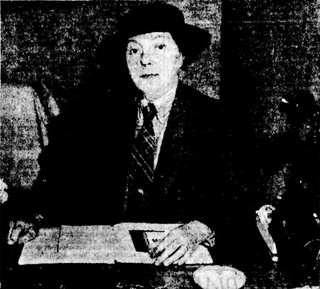 W
WKatie Louisa Ardill, was an Australian doctor. She was the first woman to be appointed as a divisional surgeon in New South Wales, and a year later was among the first female doctors when she joined the British Expeditionary Forces in Egypt in 1915.
 W
WDoris Amelia Blackburn was an Australian social reformer and politician. She served in the House of Representatives from 1946 to 1949, the second woman after Enid Lyons to do so. Blackburn was a prominent socialist and originally a member of the Labor Party. She was married to Maurice Blackburn, a Labor MP, but he was expelled from the party in 1937 and she resigned from the party in solidarity. Her husband died in 1944, and she was elected to his former seat at the 1946 federal election – the first woman elected to parliament as an independent. However, Blackburn served only a single term before being defeated. She later served as president of the Women's International League for Peace and Freedom.
 W
WThe "Bluebirds" were a group of twenty Australian civilian nurses and a masseuse who volunteered for service in France during World War I. Recruited through the Australian Red Cross Society, the group's nickname referred to the colours of their specially-designed uniforms. After arriving in France the nurses were split between different hospitals where they treated wounded and ill soldiers. They returned to Australia individually following the war and did not receive any medals or veterans' benefits from the Australian government.
 W
WEleanor Elizabeth Bourne (1878–1957) was the first Queensland woman to study medicine. She also was one of only 15 women doctors in Australia who volunteered for service in World War I.
 W
WMary Card was an Australian designer and educator.
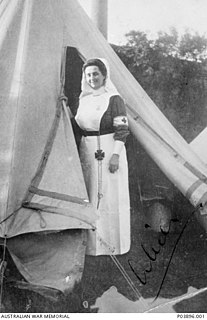 W
WAlice Alanna Cashin was an Australian nurse during World War I.
 W
WDorothy Gwendolen Cawood was an Australian civilian and military nurse. She was one of the first three members of the Australian Army Nursing Service (AANS) to be awarded the Military Medal in World War I.
 W
WEvelyn Augusta Conyers, was a New Zealand-born Australian matron-in-chief of the Australian Army Nursing Service during the First World War. She was its first member to be awarded the Florence Nightingale Medal, the highest award for nursing service.
 W
WElizabeth Pearl Corkhill, MM was an Australian military nurse of the First World War. Trained as a nurse in Sydney, Corkhill enlisted in the Australian Imperial Force on 4 June 1915. After serving in France at the 1st and 3rd Australian General Hospitals, Corkhill was assigned to the 38th British Casualty Clearing Station near Abbeville on 21 August 1918. On 23 August, while the camp was being heavily bombed by enemy aircraft, Corkhill remained calm and continued to tend to her patients, despite the danger. For her bravery, she was awarded the Military Medal, one of only seven Australian nurses to be so decorated in the First World War. Following the Armistice, she went on to work as a nurse at various public hospitals, and donated a large collection of her father's photographs to the National Library of Australia.
 W
WElsie Jean Dalyell was an Australian medical doctor who specialised in pathology. During World War I, she served in the Royal Army Medical Corps across Europe, and was appointed an Officer of Order of the British Empire upon the conclusion of the war.
 W
WMary Clementina De Garis was an Australian doctor. During World War I she worked at the Ostrovo Unit in Serbia for the Scottish Women's Hospitals and after the war worked at Geelong Hospital in Australia. She was an advocate of antenatal and postnatal care.
 W
WMyra Juliet Farrell was an Australian visionary, inventor and artist. Born in County Clare, Ireland, she migrated to Australia as a child, growing up in Broken Hill, travelled widely and settled in Mosman, Sydney. She held more than two dozen patents ranging from a military barricade to a press stud that could be applied without stitching.
 W
WMary McKenzie Finlay RRC was an Australian army nurse and matron at Melbourne Grammar School.
 W
WLaura Elizabeth Forster (1858–1917) was an Australian medical doctor, surgeon and nurse noted for her service in France, Belgium, Turkey and Russia during World War I.
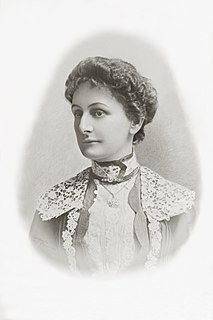 W
WJulia Margaret Guerin Halloran Lavender, known popularly as Bella Guerin, was an Australian feminist, women's activist, women's suffragist, anti-conscriptionist, political activist and schoolteacher.
 W
WIsabella Kate Jobson was an Australian nurse who served in World War I.
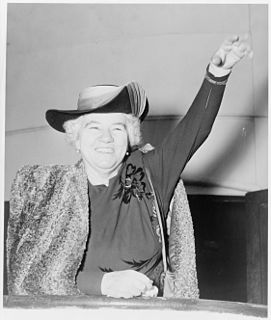 W
WSister Elizabeth Kenny was a self-trained Australian bush nurse who developed a new approach for treating victims of poliomyelitis, which was controversial at the time. Her method, which she promoted internationally while working in Australia, Europe and the United States, differed from the then conventional medical practice which called for placing affected limbs in plaster casts. Instead Kenny applied hot compresses to affected parts of patients' bodies followed by passive movement of those areas to reduce what she called "Spasm". Kenny's principles of muscle rehabilitation became the foundation of physical therapy, or physiotherapy.
 W
WOlive May Kelso King was an adventurer and mountain climber. During World War I she drove ambulances for the Scottish Women's Hospitals and later the Serbian Army. After the war she raised money for the Serbian people and later in life she was a public speaker.
 W
WAlice Elizabeth Barrett Kitchin was an Australian nurse who served in World War I with the Australian Army Nursing Service.
 W
WFlorence Ina MacDowell was an Australian nurse who served in World War I.
 W
WMarie Louise Hamilton Mack was an Australian poet, journalist and novelist. She is most known for her writings and her involvement in World War I in 1914 as the first woman war correspondent in Belgium.
 W
WDame Emma Maud McCarthy, was a nursing sister and British Army matron-in-chief.
 W
WJean Nellie Miles Walker was an Australian army nurse who served in Egypt during World War I. She was the only Tasmanian nurse to die on active service during World War I.
 W
WLeah Rosenthal was an Australian nurse who served in World War I.
 W
WAlys Ross King, known as Alice Ross-King, was an Australian civilian and military nurse who took part in both World Wars. She has been described as Australia's most decorated woman. During the First World War she served in hospitals in Egypt and France and was one of only seven Australian nurses decorated with the Military Medal for gallantry. In the Second World War she held a senior post within the Australian Army Medical Women's Service. In 1949 she was awarded the Florence Nightingale Medal, the highest award made by the International Committee of the Red Cross.
 W
WGladys Sandford was an Australian-New Zealand pioneering driver and aviator. She was the first woman in New Zealand to earn a pilot's licence.
 W
WMary Louisa (Mollie) Skinner (1876–1955) was a Western Australian author, best known for the story The Boy in the Bush co-authored with D. H. Lawrence.
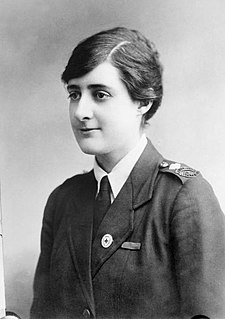 W
WVera Deakin, Lady White, was an Australian humanitarian known for her long involvement with the Australian Red Cross. In 1915, aged 23, she established the Australian Wounded and Missing Enquiry Bureau to assist the families of soldiers. The bureau, initially based in Cairo and later in London, responded to thousands of requests for information during the First World War.
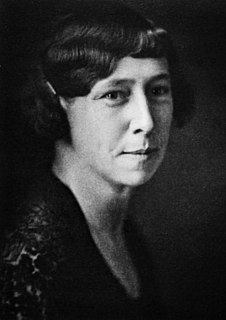 W
WFannie Eleanor Williams MBE, ARRC, known as Eleanor Williams, was an Australian scientist. She served as a bacteriologist during World War I, and was the third scientist and the first woman appointed to work at the Walter and Eliza Hall Institute of Medical Research after its establishment in 1915. She directed a laboratory studying infectious diseases, and had particular expertise in dysentery, hydatid disease and snake venom. She co-founded Australia's first blood bank.
 W
WGrace Margaret Wilson was a high-ranked nurse in the Australian Army during World War I and the first years of World War II. Wilson was born in Brisbane, and completed her initial training as a nurse in 1908. After the outbreak of World War I she joined the Australian Army Nursing Service (AANS) and subsequently transferred to the First Australian Imperial Force. From 1915 until 1919 she was the principal matron of the 3rd Australian General Hospital. She served as the temporary matron-in-chief in the AIF Headquarters, London from late 1917 until early 1918. Wilson returned to Australia in 1920 and left the AIF to work in civilian hospitals. She was appointed the matron-in-chief of the AANS in 1925, and in September 1940 joined the Second Australian Imperial Force. She served in the Middle East until August 1941, when she returned to Australia due to ill health. She left the Army the next month, but from September 1943 worked in the Department of Manpower Directorate (Victoria)'s nursing control section.